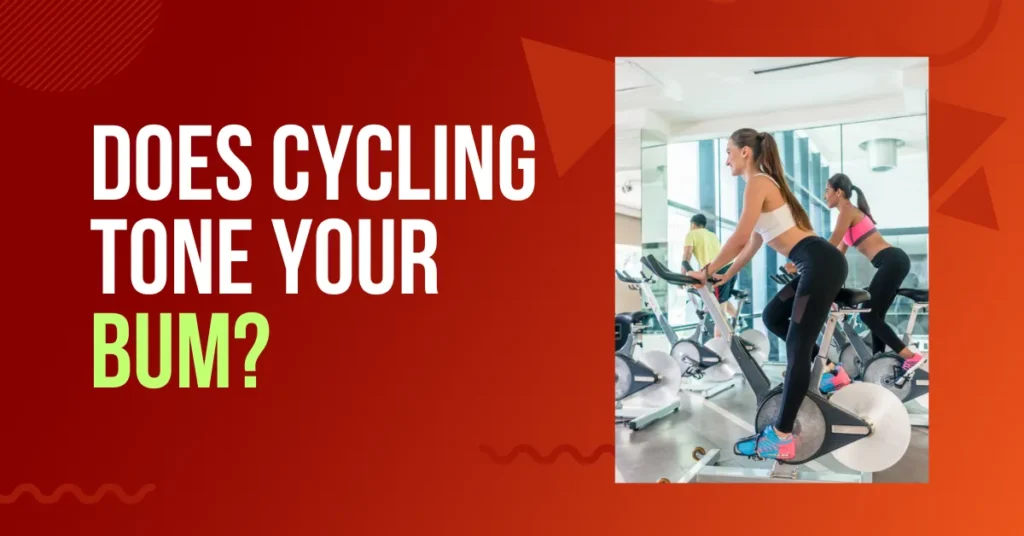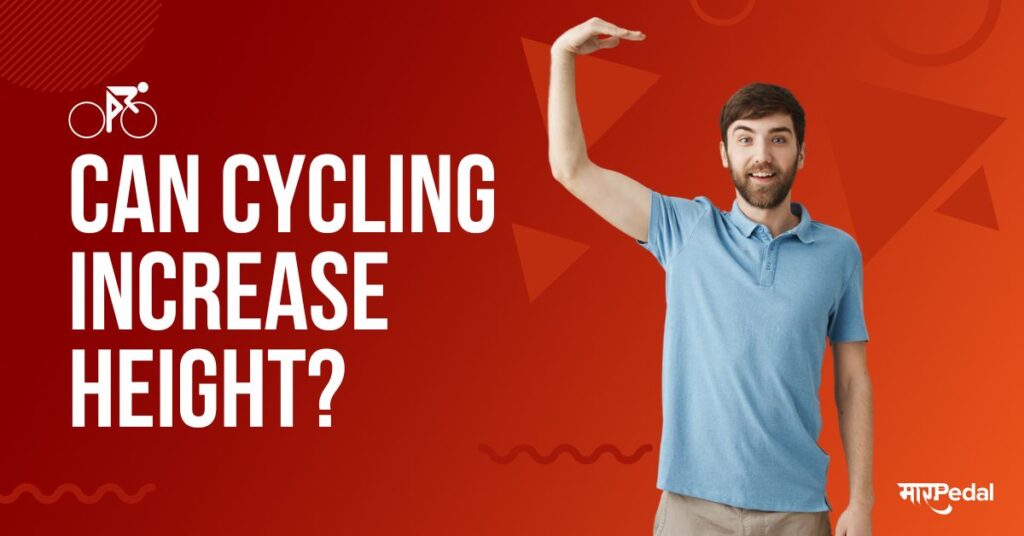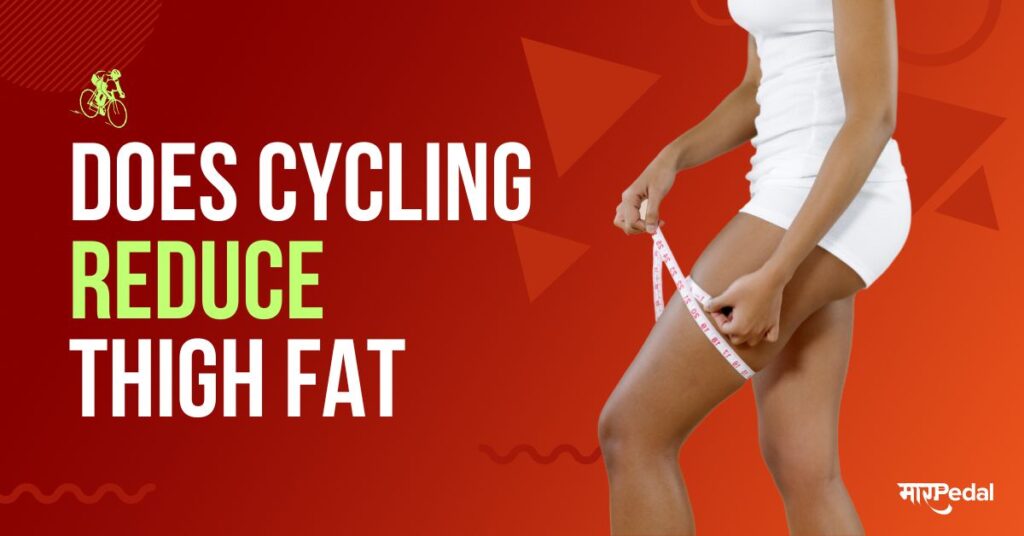
Cycling is a popular physical activity that not only offers an enjoyable way to explore the great outdoors but also provides numerous health benefits. One question that often arises among cycling enthusiasts is, “Does cycling tone your bum?”
In this article, we will delve into the science behind cycling and its impact on glute muscles. Whether you’re a seasoned cyclist or a beginner, understanding how cycling affects your bum muscles is essential to maximize your workout and achieve the best results. So, let’s explore the relationship between cycling and bum toning!
Does Cycling Tone Your Bum? The Science Behind Glute Strengthening
When it comes to toning the bum muscles, cycling can be a highly effective exercise. Here’s how it works:
1. Activation of Glute Muscles:
Cycling involves a repetitive motion that requires the activation of multiple muscle groups, including the glutes. As you pedal, your glute muscles contract and extend, propelling your legs forward. This continuous movement engages the gluteal muscles, leading to toning and strengthening over time.
2. Resistance Training:
Cycling, especially when riding uphill or against strong winds, provides a form of resistance training. This resistance challenges your glute muscles, promoting muscle growth and toning. The harder you work during your cycling sessions, the more your bum muscles are engaged, leading to better results.
3. Endurance and Fat Burning:
Cycling is a cardiovascular exercise that enhances your endurance and promotes fat burning. As you burn fat throughout your body, including the gluteal region, your bum muscles become more defined and toned.
4. Core Engagement:
Proper cycling posture involves engaging your core muscles to maintain balance and stability. By actively involving your core, you indirectly target and strengthen your glutes, further contributing to bum toning.
5. Variations in Cycling:
Different cycling techniques and positions can have varying impacts on your bum muscles. For example, standing while pedaling or incorporating interval training can intensify the workout for your glutes, leading to better toning.
The Benefits of Cycling for Your Bum Muscles
Cycling not only tones your bum but also offers a range of additional benefits for your glute muscles:
6. Improved Muscle Endurance:
Regular cycling helps increase the endurance of your gluteal muscles, enabling you to cycle for longer durations and tackle more challenging terrains.
7. Enhanced Posture:
Strong bum muscles play a crucial role in maintaining good posture. Regular cycling helps keep your bum muscles toned, which in turn supports your spine and enhances overall posture.
8. Reduced Risk of Injuries:
Strong glute muscles can stabilize your hips and knees, reducing the risk of injuries while cycling or engaging in other physical activities.
9. Increased Calorie Burn:
Cycling is a calorie-burning activity, and as you pedal, your bum muscles work to propel you forward, contributing to the overall calorie burn during your ride.
Optimizing Your Cycling Routine for Bum Toning
To get the best results in toning your bum through cycling, consider these tips:
10. Incorporate Hill Climbs:
Include hill climbs in your cycling route as they engage your glute muscles more intensely, leading to better toning.
11. Focus on the Upstroke:
Pay attention to the upstroke motion while pedaling, as this targets the hamstrings and glutes, enhancing the toning effect.
12. Interval Training:
Add intervals of high-intensity cycling to your routine. Short bursts of intense pedaling engage your bum muscles and boost toning.
See also: Does Cycling Reduce Sperm Count? The Truth Revealed
13. Use Proper Gear:
Ensure your bike is well-fitted and your gear is appropriate. This prevents unnecessary strain on your bum muscles and promotes effective toning.
14. Vary Your Cycling Positions:
Change your cycling positions between sitting and standing to work different muscle groups, including your glutes.
Conclusion:
Cycling is indeed an excellent exercise for toning your bum muscles. The repetitive motion, resistance training, and core engagement involved in cycling contribute to the strengthening and toning of your glutes. By optimizing your cycling routine and incorporating variations, you can achieve even better results. So, hop on your bike, hit the road, and enjoy the benefits of bum toning through cycling!
FAQs
Will cycling give me a nice bum?
Cycling can contribute to a well-toned bum as it involves significant work from the gluteal muscles. Consistent cycling, especially uphill and high-resistance cycling, can help in strengthening and toning the muscles in the bum area. However, for best results, it should be combined with other forms of exercise and a healthy diet.
Will an exercise bike tone my bum?
Yes, an exercise bike can tone your bum. It simulates the actions of cycling, engaging the glutes and other lower body muscles. Using higher resistance settings can increase muscle engagement and tone. However, variety in workouts and overall body fitness should also be considered for optimal results.
Does cycling tone stomach?
Cycling can indirectly help in toning the stomach. While it’s primarily a lower body workout, maintaining balance and posture during cycling engages the core muscles, including the abdomen. For more direct abdominal toning, consider incorporating specific core exercises alongside cycling.
Is cycling good for toning?
Cycling is excellent for toning the lower body, including the legs, hips, and buttocks. It’s a cardiovascular exercise that also helps in burning fat, which can reveal more muscle tone. For more comprehensive toning, it should be combined with strength training exercises.
Which body parts are toned by cycling?
Cycling primarily tones the lower body, including the quadriceps, hamstrings, glutes, and calf muscles. It also engages the core muscles for stability and balance, contributing to a toned abdomen and lower back.
How does cycling change a woman’s body?
Cycling can lead to several changes in a woman’s body, including improved cardiovascular fitness, leg and lower body strength, and endurance. It can also result in fat loss and muscle toning, particularly in the legs, hips, and buttocks. Regular cycling can also enhance overall physical fitness and contribute to a healthy lifestyle.






